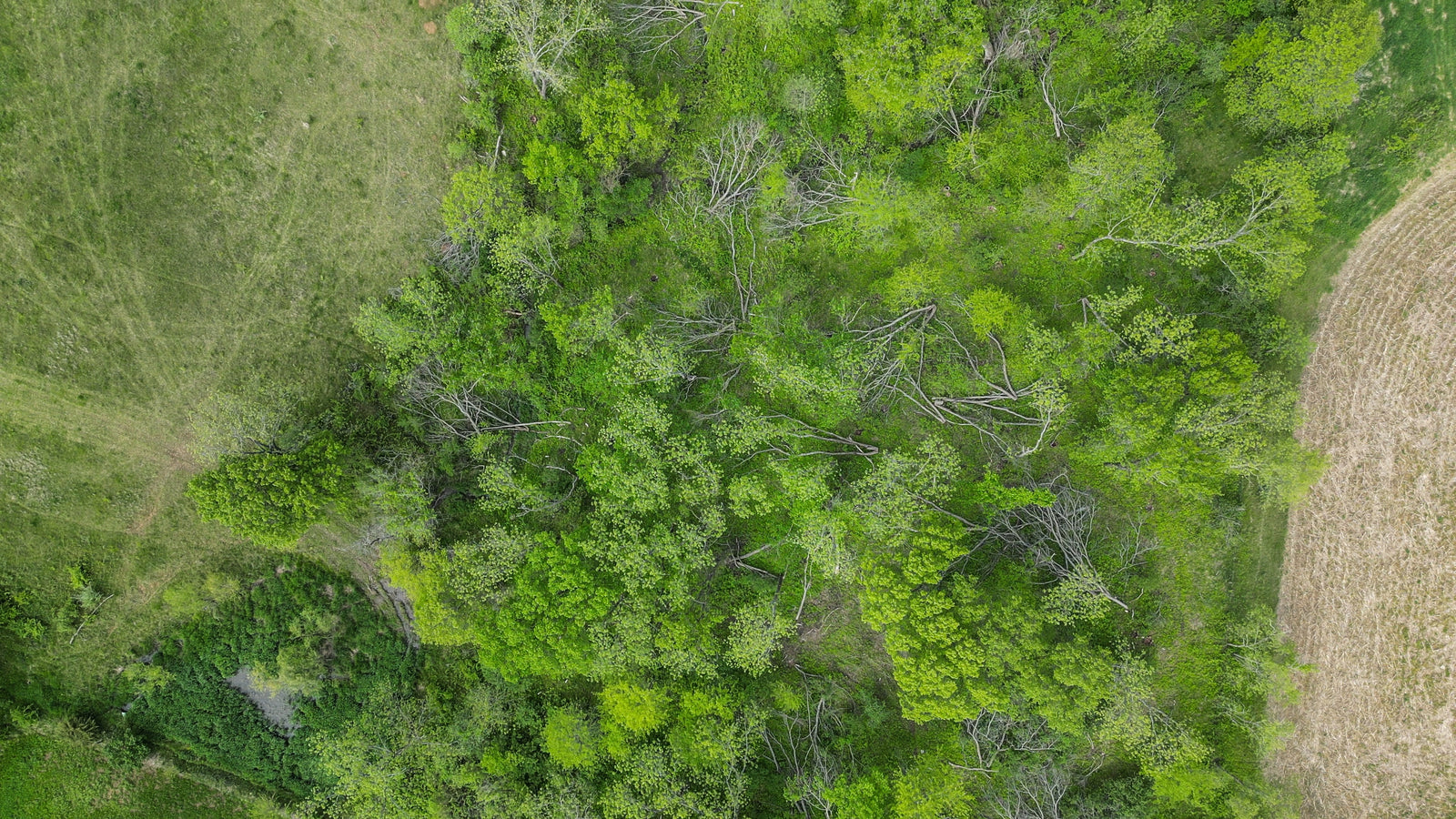A Guide to Deer Nutrition- Season by Season - by Jared Mills

Deer health and nutrition, at least in free ranging herds, is commonly misunderstood. Hunters and land managers around the country can be found on all ends of the spectrum with regards to the importance of deer nutrition. Among those that see the importance, some try to optimize health with supplemental feed and minerals, some do it by improving natural forage options, and some do it through food plots. Other folks may not see the need at all, believing that the deer will find a way to survive without our intervention. This viewpoint, while certainly true, is where the missed opportunity comes in. Deer are extremely tough and adaptable creatures, and they never cease to amaze us in that regard, but there’s a big difference between surviving and reaching optimum health levels.
As mentioned in the first sentence, deer nutrition is misunderstood, and for good reason. It is not a simple, straightforward subject. First, a deer’s needs vary widely from one to another, depending on if it’s a buck, a doe, a fawn, a yearling, an adult, etc. In addition to that, those needs also vary by the time of the year with physiological states and weather driving that. And not only do the nutritional needs change, but the availability of nutrients change as well. So to come up with a one size fits all plan is all but impossible. But, having knowledge of a deer’s needs will go a long way in reaching that goal. The following is a breakdown by season, along with some ways you can help. I personally don’t spend as much time (or money) on supplemental feeding, so as you’ll see this short guide is more focused on food plots and natural forage.

Spring
This is a time of recovery for whitetails from the stresses of the rut and winter while also a time of growth. Bucks are putting energy into antler growth while the does are growing fetuses and preparing for fawns. It’s a critical time of food and nutrition for deer.
Nutrition is mostly abundant this time of year with the eventual green up, but the importance of year round food plots really shines during this timeframe. Having a perennial mix, like a clover and chicory blend, can provide a lot of value to your herd. This should really be a staple in everyone’s management plan. It will start providing food and nutrition at the very beginning of the Spring months and continue to attract and keep deer on your property for the majority of the year. Not to mention the exceptional nutritional benefit when the deer need it most.
Supplemental feeding and minerals can also be helpful this time of year. If providing feed, focus on a high protein mix as the bucks are rebuilding their muscle tissue.
To maximize native browse, fire can be a great tool. This will make new, highly digestible and nutritious plants available to your deer herd.
Summer
Bucks continue to add inches of antler and does shift to the nursing stage, both still requiring a high level of nutrition and energy. With green sources being at peak levels, native browse is what makes up the majority of a deer’s diet this time of year.
The other component, especially in agricultural areas, is corn and soybeans. Fields are plentiful but to keep deer on your property, summer food plots should be a consideration. Of course your clover and chicory will still provide value, but other options for summer food would be soybeans, cowpeas, lablab, corn, alfalfa, sunflowers, and more.
Again, supplemental feed and minerals will continue to be used by deer if available, and make sure those are accessible for the growing fawns in your herd too. Refresh mineral sites and don’t forget water during what can be a stressful time with the summer heat. Depending on the property, a small water-hole can be extremely effective.
Fall
This is a time of preparation for the whitetail deer and when they generally consume the most food, at least at the beginning of the fall. The bucks and does alike are getting ready for breeding season and all the deer, including the fawns, are preparing for winter. This means building up fat reserves to be utilized in the upcoming months. Bucks will use the reserves throughout the rut when feeding falls down the priority list.
Your deer herd will consume carbohydrates through acorns and hard mast, as well grains such as milo and corn. Food plots can be highly successful feeding locations this time of year too, especially those consisting of brassicas, clovers, and cereal grains.
Winter
It is survival season. The deer are stressed from the rut, the weather can be extremely tough, and the forage that the deer had been living off of can be hard to find. Your herd will be finding what it can to get through until spring green-up. Woody browse and anything that is left over in nearby ag fields will make up a good portion of their diet.
Again, food plots can play a key role. If you have corn or soybean plots they will be a hot-spot, but even the brassica blends will provide good food and nutrition during this stretch. Supplemental feed is an option as well, but be sure to gradually transition the feed from a higher protein content to one that includes more grain or alfalfa hay.
Timber stand improvement, and removing undesirable species, is another great management practice to maximize natural browse. By freeing up the more valuable trees, those that provide value to the deer like mast producers, you’re allowing them to get the most sunlight and nutrients and therefore maximizing their growth and production. You’re also allowing for new browse species to grow by reducing the tree and canopy density. And by bringing down trees in the winter time, you’re creating instant deer height food at a time when it’s needed.
In conclusion, we all know there are a lot of things that we can’t always control when it comes to wild deer, including genetics and how old they get. And while we can’t completely control a deer’s diet and nutrition either, we can at least have more of an impact there, compared to the other factors. If done properly, a good management plan can result in a healthier herd, which includes bigger bucks. And maybe of even more importance, it gives deer less of a reason to leave your property.
Do you have Food Plot Questions?
Ask Jared Mills in the comment section below, and keep an eye on our social media to see if he answers your question!





If you could only plant one food plot for the season what would you plant ?
What would you recommend for a food plot where the location is susceptible to flooding? The property is limited to about 5 acres of food plots and floods most springs and some falls with heavy rain. Are there any good food sources that can survive a flood? Thanks
Leave a comment